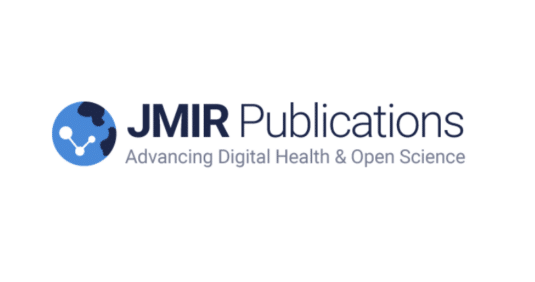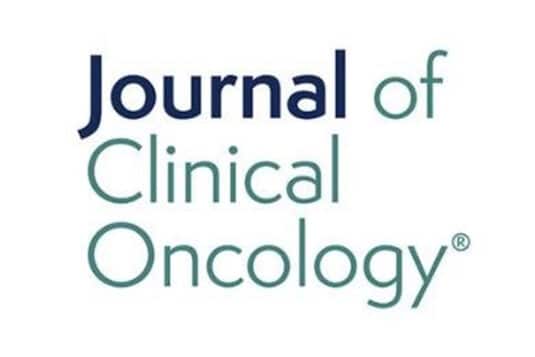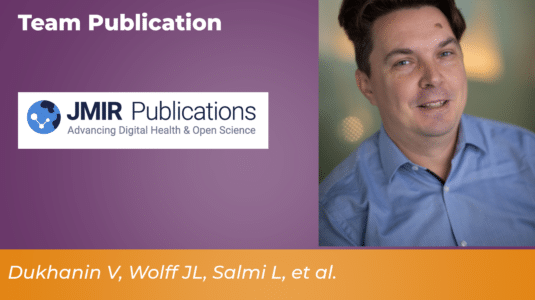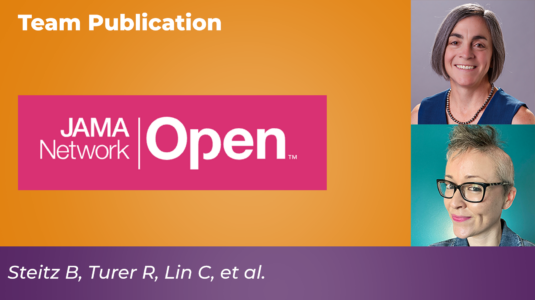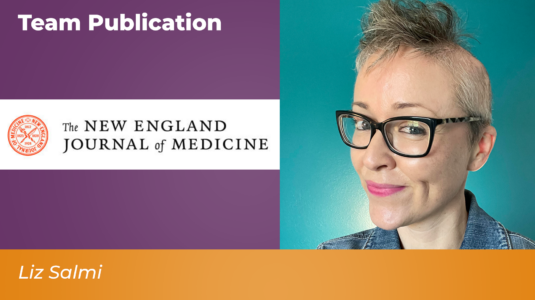“Shared access” uses separate identity credentials to differentiate between patients and care partner portal users. EHR vendors must recognize that both patients and care partners are important users of their products and acknowledge and support the critical contributions of care partners as distinct from patients.
Salmi, Liz
When bad news comes through the portal: Strengthening trust and guiding patients when they receive bad results before their clinicians
In this chapter, perspectives from a patient with cancer, an oncologist, and a cancer psychiatrist (in that order) are shared to illuminate the adjustments made in clinician-patient communication amid the era of nearly instantaneous results within the electronic health record.
Co-designing an initiative to increase shared access to older adults’ patient portals: Stakeholder engagement
We partnered with 3 health care organizations to co-design an initiative that aimed to increase shared access registration and use and that can be implemented using existing patient portals. Educational materials are publicly available at Coalition for Care Partners.
Perspectives of patients about immediate access to test results through an online patient portal
In this multisite survey study of patient attitudes and preferences toward receiving immediately released test results via a patient portal, most respondents preferred to receive test results via the patient portal despite viewing results prior to discussion with a health care professional.
Deciding on my dimples
OpenNotes advocate/researcher Liz Salmi describes a high-stakes decision she made in collaboration with her neurosurgeon during awake craniotomy.
Filling a gap in safety metrics: development of a patient-centred framework to identify and categorise patient-reported breakdowns related to the diagnostic process in ambulatory care
The PRDB framework, developed in partnership with patients/families, can help organisations identify and reliably categorise PRDBs, including some that are invisible to clinicians; guide interventions to engage patients and families as diagnostic partners; and inform whole organisational learning.
Co-development of OurDX—an online tool to facilitate patient and family engagement in the diagnostic process
Patients and their care partners are usually the first to notice new or changing symptoms and are the connecting “thread” between different healthcare encounters. In this article Sigall Bell, Fabienne Bourgeois, Stephen Liu, and Eric Thomas—along with patient partners Betsy Lowe and Liz Salmi—describe the co-development of an online tool called “OurDX” (Our Diagnosis) to engage patients and families in the diagnostic process
Patient Perceptions of Receiving COVID-19 Test Results via an Online Patient Portal: An Open Results Survey
This study evaluated patient perspectives related to receiving COVID-19 test results via an online patient portal prior to discussion with a clinician. Users found the portal easy to use but expressed mixed preferences about the means of notification of result availability (e.g., email, text, or phone call). Users found immediate access to results useful for managing their health, employment, and family/childcare. Many users shared their results and encouraged others to get tested. Our cohort consisted mostly of non-Hispanic white, highly educated, English-speaking patients. Overall, patients found open results useful for COVID-19 testing and few expressed increased worries from receiving their results via the patient portal.
The benefits and harms of open notes in mental health: A Delphi survey of international experts
This survey used a Delphi poll – an established methodology used to investigate emerging healthcare policy, including in psychiatry. International experts who included health professionals and persons with lived experience of mental healthcare were asked to give their opinions, anonymously, in three rounds of online surveys, and to offer their views about the potential benefits and harms of online access to mental health notes. Experts – drawn from 70 experts from six countries – agreed patients’ access to their mental health notes could offer multiple benefits and few harms.
A step-by-step guide to peer review: a template for patients and novice reviewers
The peer review template for patients and novice reviewers is a series of steps designed to create a workflow for the main components of peer review. While relatively novel, patient peer review has the potential to change the healthcare publishing paradigm. It can do this by helping researchers enlarge the pool of people who are welcome to read, understand and participate in healthcare research. Academic journals who are early adopters of patient peer review have already committed to placing a priority on using person-centred language in publicly available abstracts and focusing on translational and practical research.
